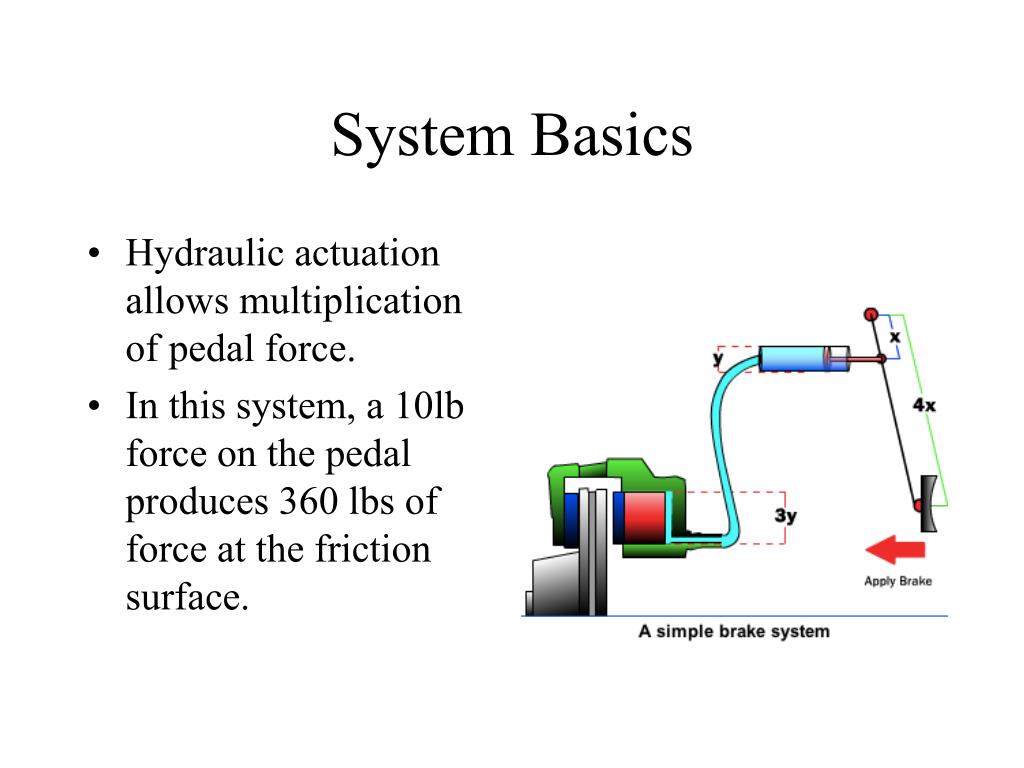

It is mostly used in the trams and trains. Also, it is quite modest in size compared to the traditional braking systems. So without friction or need of lubrication, this technology is preferred in hybrids. Also, traditional braking systems are prone to slipping while this is backed with the quick magnetic brakes. This serves to increase the life span and reliability of brakes. The electromagnetic braking system uses the principle of electromagnetism to achieve frictionless braking. The direct connection between the actuator and the brake disc or drum makes very less chance of brake failure.Įlectromagnetic braking systems can be found in many modern and hybrid vehicles. The chance of brake failure is very less in case of the hydraulic braking system.The hydraulic braking system considered as one of the important braking systems for modern vehicles.The force generated in the hydraulic braking system is higher when compared to the mechanical braking system.By creating pressure within, glycol ethers or diethylene glycol forces the brake pads to stop the wheels from moving. This system runs on brake fluid, cylinders, and friction.

It’s always good to know which ones fit your car for easy troubleshooting and servicing.

The following are the most common types of braking systems in modern cars. Eddy current brakes use magnetic fields to turn kinetic energy into electrical current in the brake disc, blade, or rail, which is converted into heat. For example, regenerative braking turns much of the energy to electrical energy, which may be stored for later use. Most brakes use friction on the two sides of the wheel, the collective press on the wheel converts the kinetic energy of the moving object into heat.


 0 kommentar(er)
0 kommentar(er)
